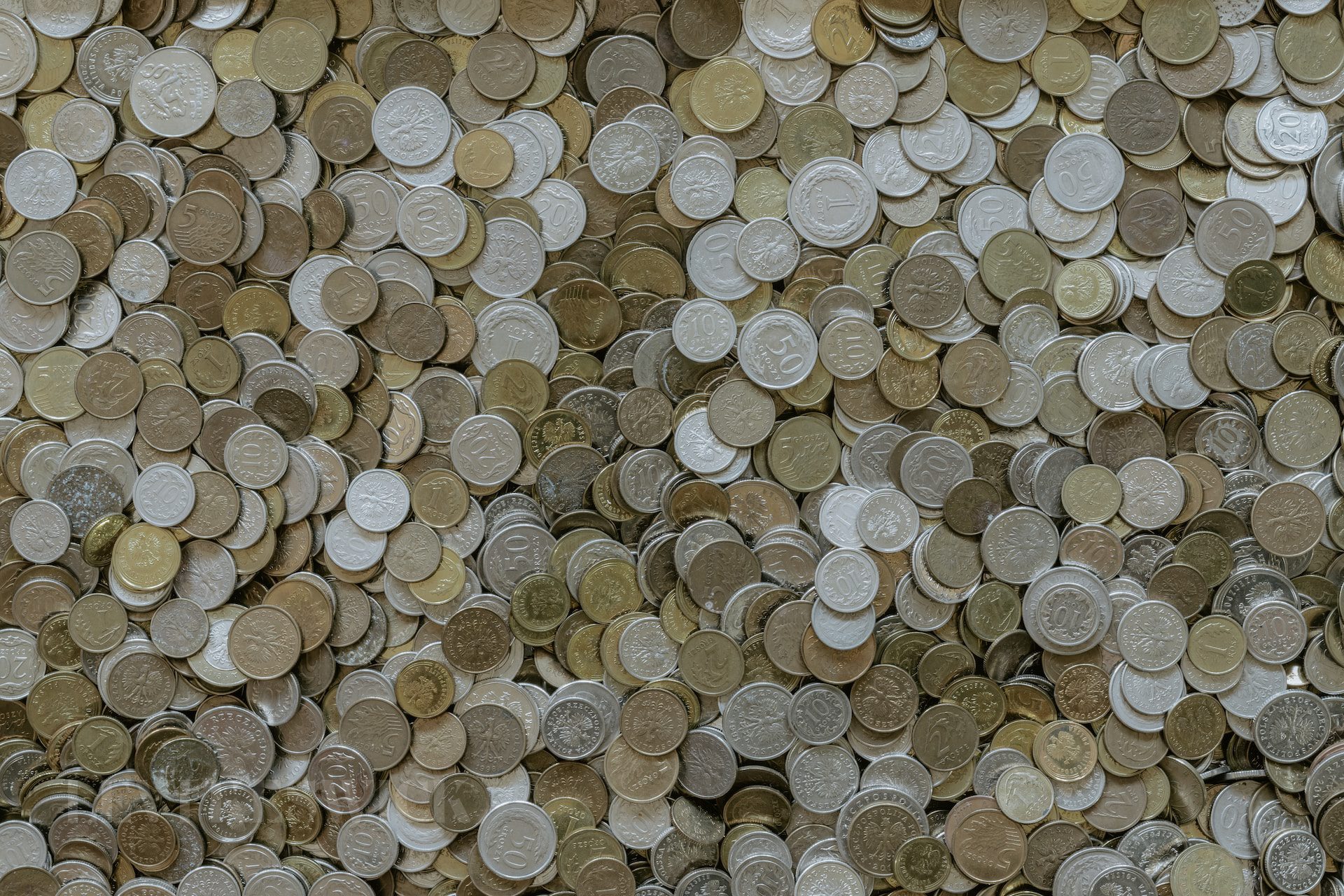Key Takeaways:
- The Jefferson nickel’s design, history, and modifications over time present unique opportunities for collectors.
- Error coins, particularly the 1968 S nickel errors, hold special value and interest for numismatists.
- Identifying and understanding the worth of Jefferson nickels require an appreciation of key dates and mint errors.
The Unfolding Story of Jefferson Nickels
The Jefferson nickel has always been more than just a five-cent coin. Embossed with the likeness of the United States’ third President, Thomas Jefferson, this coin has served as a key artifact in the nation’s numismatic history since its first minting in 1938. Whether you’re a seasoned coin collector or a curious amateur, the story of the Jefferson nickel, with its various design changes, intriguing key dates, and compelling mint errors like the 1968 S nickel errors, offers a fascinating dive into the world of coin collecting.
The Birth of the Jefferson Nickel
The Jefferson nickel came to life as a solution to the challenges posed by its predecessor, the Buffalo nickel. The Mint organized a design competition, won by Felix Schlag, who was asked to entirely modify his reverse design. Production commenced on October 3, 1938, across all three Mints, and by mid-November, approximately 12 million Jefferson nickels had been coined, ready to enter circulation by November 15, 1938.
This coin, with Thomas Jefferson’s profile enduring as the obverse’s key feature, serves as a remarkable testimony to the nation’s rich history and its commitment to artistic integrity in coinage.
The Impact of War on the Jefferson Nickel
World War II brought an unexpected twist in the journey of the Jefferson nickel. Nickel, the metal, became crucial to the war effort, leading to a significant alteration in the coin’s composition. From 1942 to 1945, the coin was produced using a combination of 56% copper, 35% silver, and 9% manganese, making these coins of particular interest to collectors today.
Demystifying the Value of Jefferson Nickels
Jefferson nickels’ worth can vary dramatically, from a few cents to thousands of dollars. Factors influencing their value include the coin’s condition, mint mark, and whether it’s a “key date” or an error coin. Among the latter, the 1968 S nickel errors are particularly sought after by numismatists.
The Intrigue of the 1968 S Nickel Errors
In the world of coin collecting, errors aren’t flaws but rather unique characteristics that add to a coin’s value. The 1968 S nickel is one such coin that sparks significant interest among collectors due to its unusual errors.
The “S” stands for the San Francisco Mint, where the coin was produced. Some coins from this batch displayed irregularities, often involving an error in the die that resulted in unique and identifiable markings. These quirks, combined with the coin’s relative rarity, can significantly enhance the 1968 S nickel’s value, leading to heightened interest among numismatists.
Watching Out for Key Dates
As with many coins, certain Jefferson nickels are more valuable due to their year of minting. These “key dates” represent either a low mintage year or a year with significant changes. For the Jefferson nickel, key dates include 1938, 1939 D, 1939 S, 1942 D, 1950 D, and the 1964 series.
Final Thoughts
Jefferson nickels, especially those with intriguing anomalies like the 1968 S nickel errors, offer a fascinating avenue for both beginning and experienced collectors. Recognizing the key dates and understanding mint errors are crucial to unlocking the potential value hidden in these coins. As always, the value of a coin ultimately lies in its story, historical context, and the unique journey it took from the mint to the collector’s hand.








